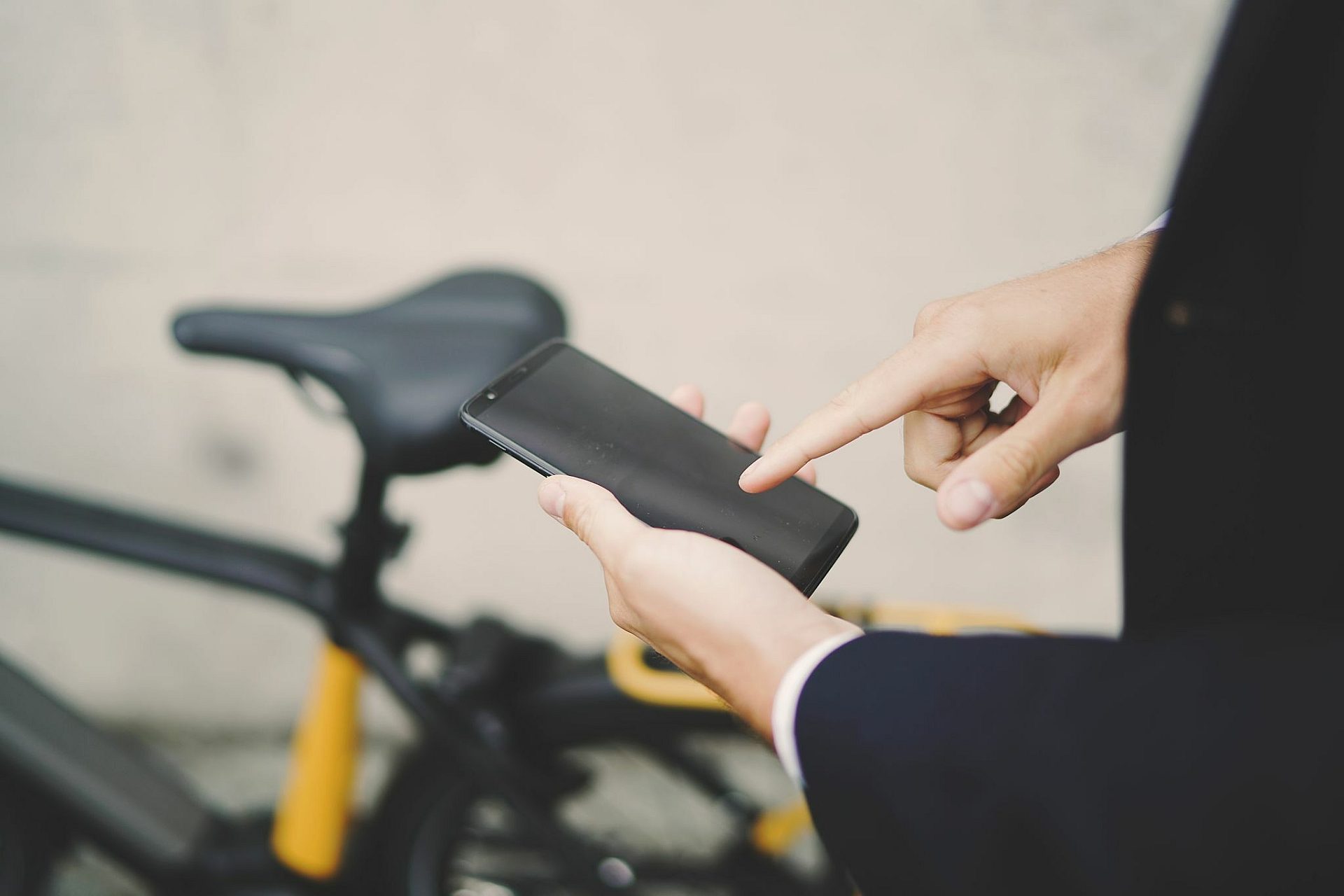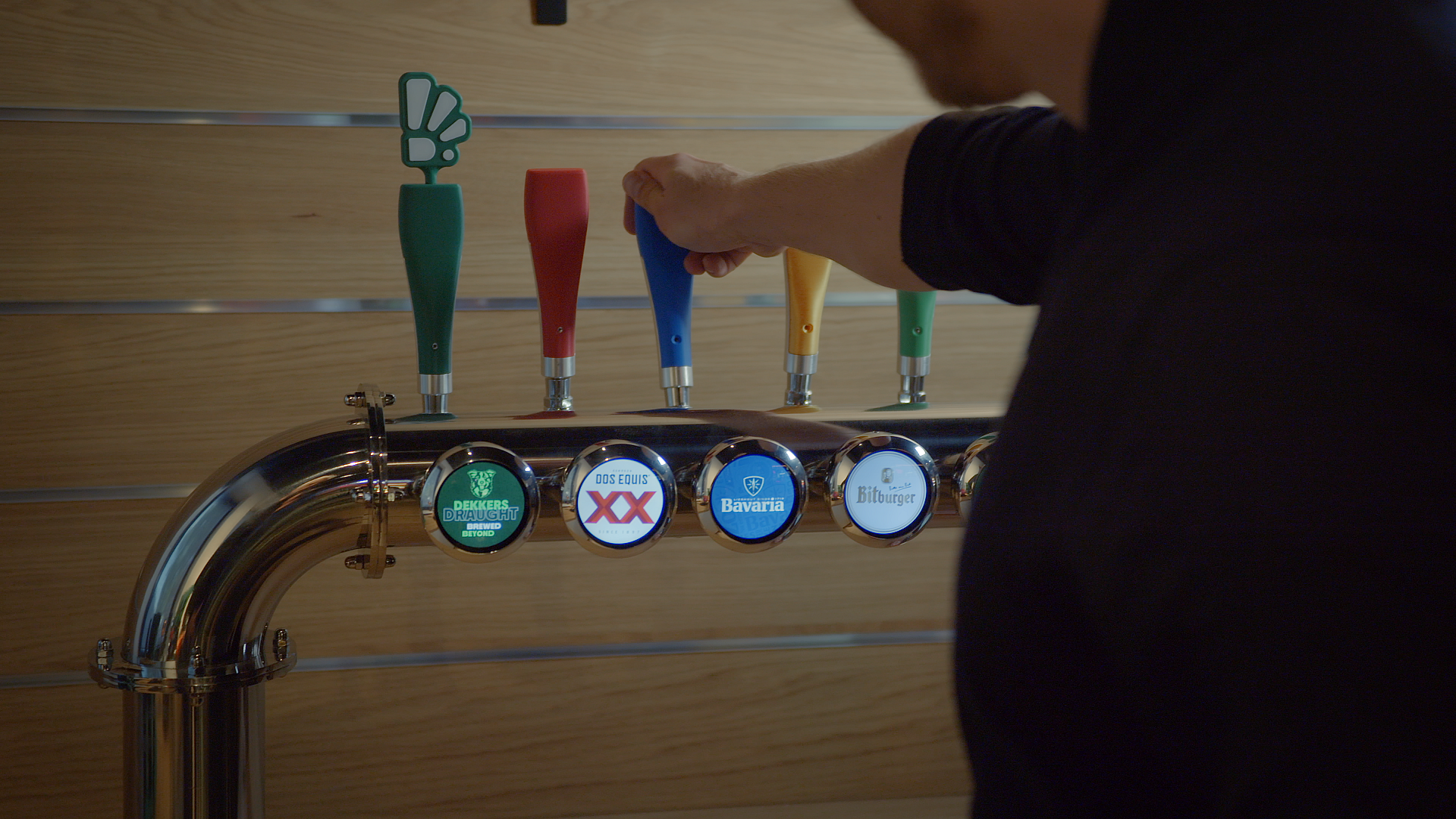How are the Dutch solving bicycle theft? With the connected bike!
Theft of bicycles costs Dutch society about € 600 million annually according to new research. But they think they have a solution. How? By focusing much more on prevention and tracking through connected e-bikes.
The Netherlands has always been a real cycling country and the electric bicycle has also been embraced en masse. In 2019, a record number of more than 420,000 new e-bikes were sold in the Netherlands. Unfortunately, the popularity of e-bikes also has a downside. Because of the high price, they are a popular target for criminals. While the number of thefts of normal bicycles has been declining for years, many more e-bikes are being stolen. Insurers charge peak premiums for e-bike insurance, if they’re even willing to insure e-bikes at all.
Tackling bicycle theft is failing
S.A.F.E., the Dutch foundation for bike theft prevention, recently presented a major study of bicycle theft in the Netherlands. The report does not paint a rosy picture: the preventive and repressive approach to bicycle theft is failing. In addition to petty or opportunistic theft, professional gangs take expensive bicycles across the border in large numbers. Victims will often only report theft because this is required by their insurer, while insurers are starting to reconsider the feasibility of bike theft insurance.
The report also addresses the emotional impact of bicycle theft. For example, half of the victims interviewed say that they had been very fond of their bicycle and, according to the researchers, would prefer to have their own bicycle back. Many cyclists also buy a lesser quality bicycle because of the risk of theft. One in five cyclists no longer even dare to take their bicycle with them, whether or not they have experienced bike theft themselves.
High time for action
What can the Netherlands, as an innovative cycling country, do to change this? In the report, S.A.F.E. makes a number of specific recommendations. Some are fairly traditional such as investing in safe and supervised bicycle shelters, the use of decoy bicycles and a call to the public to use better quality or even multiple locks. But the researchers also see a crucial role for technical aids such as track-and-trace systems making use of the IoT.
That is exactly where the Netherlands plays a leading role. The value of the IoT for theft prevention and retrieval of stolen e-bikes has already been amply demonstrated.
“Bicycle theft is a major social problem. We are seeing increasing evidence that the IoT offers solutions for this.”
Carolien Nijhuis, Managing Director of KPN IoT
AXA: “AXA contributes to this by making e-bikes connected. As a result, more than 85% of the missing e-bikes are now being successfully located, which is something that AXA, as a trusted partner for bicycle and cyclist protection, considers very important.”
For example, according to KPN and AXA, a connected bike helps with:
- Retrieving stolen bicycles
The most concrete benefit of connected bicycles is the fact that they can easily be tracked when stolen. The IoT track-and-trace solution allows users to report directly from the app at the touch of a button if their bicycle has been stolen. An investigation service immediately sets to work to locate the stolen bicycle. This dramatically shortens the time between theft and location, which increases the retrieval rate. These investigations often lead to the discovery of large storage or distribution locations of stolen bikes. Locating one single connected bike then leads to the recovery of several stolen bicycles. - Willingness to report
If you don’t file a report when your bike is stolen, you are not alone. Track-and-trace functionality and the easy reporting of the theft at one push of a button in the app makes it more attractive for members of the public to quickly report a stolen bicycle. After all, retrieval is greatly simplified. As such, connected bicycles are an important instrument for increasing the willingness to report. That is badly needed, because at the moment bicycle theft almost always goes unpunished. - Prevention
Because a connected bicycle is easier to locate, this has a preventive effect, as the risk is significantly higher for the criminal. Successfully tracing just one stolen bicycle could endanger the thief’s entire ‘business’. A bicycle that is visibly connected, for example with a sticker, will therefore be less appealing to thieves.

Collaborating in the chain
In short, connected bicycles can be a crucial weapon in the battle against bicycle theft. Unfortunately, the opportunities are not yet being exploited sufficiently, because cooperation in the chain is not always actively sought. Carolien Nijhuis, Managing Director KPN IoT: “We would like to enter into discussions with all parties in the chain who, like AXA and KPN, also see these possibilities and want to use them to jointly combat bicycle theft.”




